
Barbara Stanwyck was an American actress, model and dancer. A stage, film, and television star, during her 60-year professional career she was known for her strong, realistic screen presence and versatility. She was a favorite of directors, including Cecil B. DeMille, Fritz Lang, and Frank Capra, and made 85 films in 38 years before turning to television.
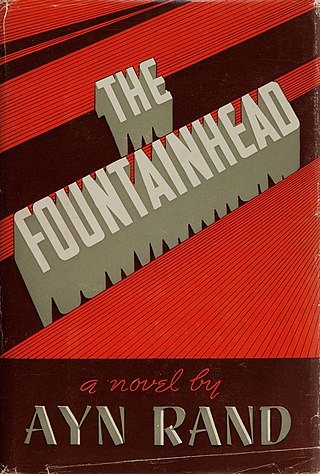
The Fountainhead is a 1943 novel by Russian-American author Ayn Rand, her first major literary success. The novel's protagonist, Howard Roark, is an intransigent young architect who battles against conventional standards and refuses to compromise with an architectural establishment unwilling to accept innovation. Roark embodies what Rand believed to be the ideal man, and his struggle reflects Rand's belief that individualism is superior to collectivism.

Ball of Fire is a 1941 American screwball comedy film directed by Howard Hawks and starring Gary Cooper and Barbara Stanwyck. The Samuel Goldwyn Productions film concerns a group of professors laboring to write an encyclopedia and their encounter with a nightclub performer who provides her own unique knowledge. The supporting cast includes Oscar Homolka, S. Z. Sakall, Henry Travers, Richard Haydn, Dana Andrews, and Dan Duryea.

Preston Sturges was an American playwright, screenwriter, and film director.
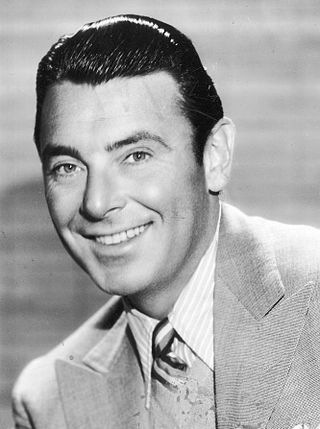
George Brent was an Irish-American stage, film, and television actor. He is best remembered for the eleven films he made with Bette Davis, which included Jezebel and Dark Victory.

Night of January 16th is a theatrical play by Russian-American author Ayn Rand, inspired by the death of the "Match King", Ivar Kreuger. Set in a courtroom during a murder trial, an unusual feature of the play is that members of the audience are chosen to play the jury. The court hears the case of Karen Andre, a former secretary and lover of businessman Bjorn Faulkner, of whose murder she is accused. The play does not directly portray the events leading to Faulkner's death; instead the jury must rely on character testimony to decide whether Andre is guilty. The play's ending depends on the verdict. Rand's intention was to dramatize a conflict between individualism and conformity, with the jury's verdict revealing which viewpoint they preferred.

Charles John "Tim" Holt III was an American actor. He was a popular Western star during the 1940s and early 1950s, appearing in forty-six B westerns released by RKO Pictures.

Patric Knowles, born Reginald Lawrence Knowles, was an English film actor. Born in Horsforth, West Riding of Yorkshire, he later changed his name to reflect his Irish heritage. He made his film debut in 1932, and played either first or second film leads throughout his career. He appeared in films from the 1930s to the 1970s.

Ellen Drew was an American film actress.
Norman Krasna was an American screenwriter, playwright, producer, and film director who penned screwball comedies centered on a case of mistaken identity. Krasna directed three films during a forty-year career in Hollywood. He garnered four Academy Award screenwriting nominations, winning once for 1943's Princess O'Rourke, which he also directed.
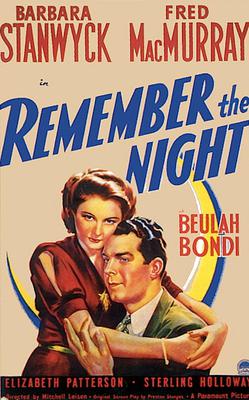
Remember the Night is a 1940 American Christmas romantic comedy trial film starring Barbara Stanwyck and Fred MacMurray and directed by Mitchell Leisen. The film was written by Preston Sturges and was the last of his scripts shot by another director, as Sturges began his own directorial career the same year with The Great McGinty.
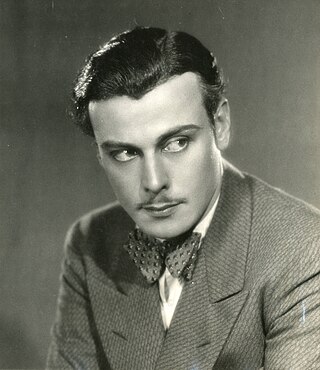
Nils Anton Alfhild Asther was a Swedish actor active in Hollywood from 1926 to the mid-1950s, known as "the male Greta Garbo". Between 1916 and 1963 he appeared in over seventy feature films, sixteen of which were produced in the silent era. He is mainly remembered today for two silent films – The Single Standard and Wild Orchids – he made with fellow Swede Greta Garbo, and his portrayal of the title character in the controversial pre-Code Frank Capra film The Bitter Tea of General Yen.
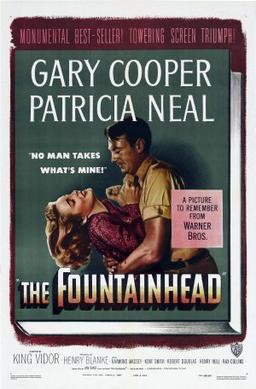
The Fountainhead is a 1949 American black-and-white drama film produced by Henry Blanke, directed by King Vidor, and starring Gary Cooper, Patricia Neal, Raymond Massey, Robert Douglas and Kent Smith. The film is based on the bestselling 1943 novel of the same name by Ayn Rand, who also wrote the adaptation. Although Rand's screenplay was used with minimal alterations, she later criticized the editing, production design and acting.

Irving Reis was a radio program producer and director, and a film director.

You Came Along is a 1945 romantic comedy-drama film set in World War II, directed by John Farrow. The original Robert Smith screenplay was rewritten by Ayn Rand. You Came Along stars Robert Cummings and in her film debut, Lizabeth Scott.

That Night in Rio is a 1941 Technicolor American musical comedy film directed by Irving Cummings and starring Alice Faye, Don Ameche and Carmen Miranda. It is one of several film adaptations of the 1934 play The Red Cat by Rudolf Lothar and Hans Adler. Others are Folies Bergère de Paris (1935) and On the Riviera (1951).
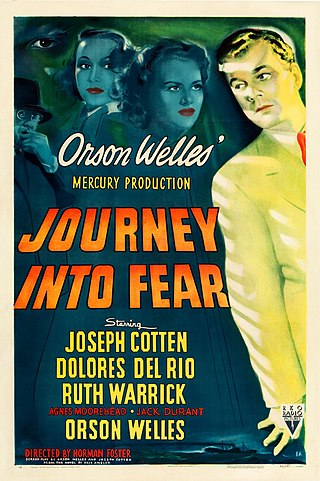
Journey into Fear is a 1943 American spy film noir directed by Norman Foster, based on the 1940 Eric Ambler novel of the same name. The film broadly follows the plot of the book, but the protagonist was changed to an American engineer, and the destination of his journey changed from France to the Soviet Union - reflecting the changes in the war situation since the original Ambler book was written. The RKO Pictures release stars Joseph Cotten, who also wrote the screenplay with Orson Welles. The Mercury Production was also produced by Welles, again uncredited.
Red Pawn is a screenplay written by Ayn Rand. It was the first screenplay that Rand sold. Universal Pictures purchased it in 1932. Red Pawn features the theme of the evil of dictatorship, specifically of Soviet Russia.

RKO Radio Pictures Inc., commonly known as RKO Pictures or simply RKO, was an American film production and distribution company, one of the "Big Five" film studios of Hollywood's Golden Age. The business was formed after the Keith-Albee-Orpheum theater chain and Joseph P. Kennedy's Film Booking Offices of America studio were brought together under the control of the Radio Corporation of America (RCA) in October 1928. RCA executive David Sarnoff engineered the merger to create a market for the company's sound-on-film technology, RCA Photophone, and in early 1929 production began under the RKO name. Two years later, another Kennedy concern, the Pathé studio, was folded into the operation. By the mid-1940s, RKO was controlled by investor Floyd Odlum.

Pincus Jacob Wolfson was an American pharmacist, novelist, screenwriter, film producer, and film director.



















